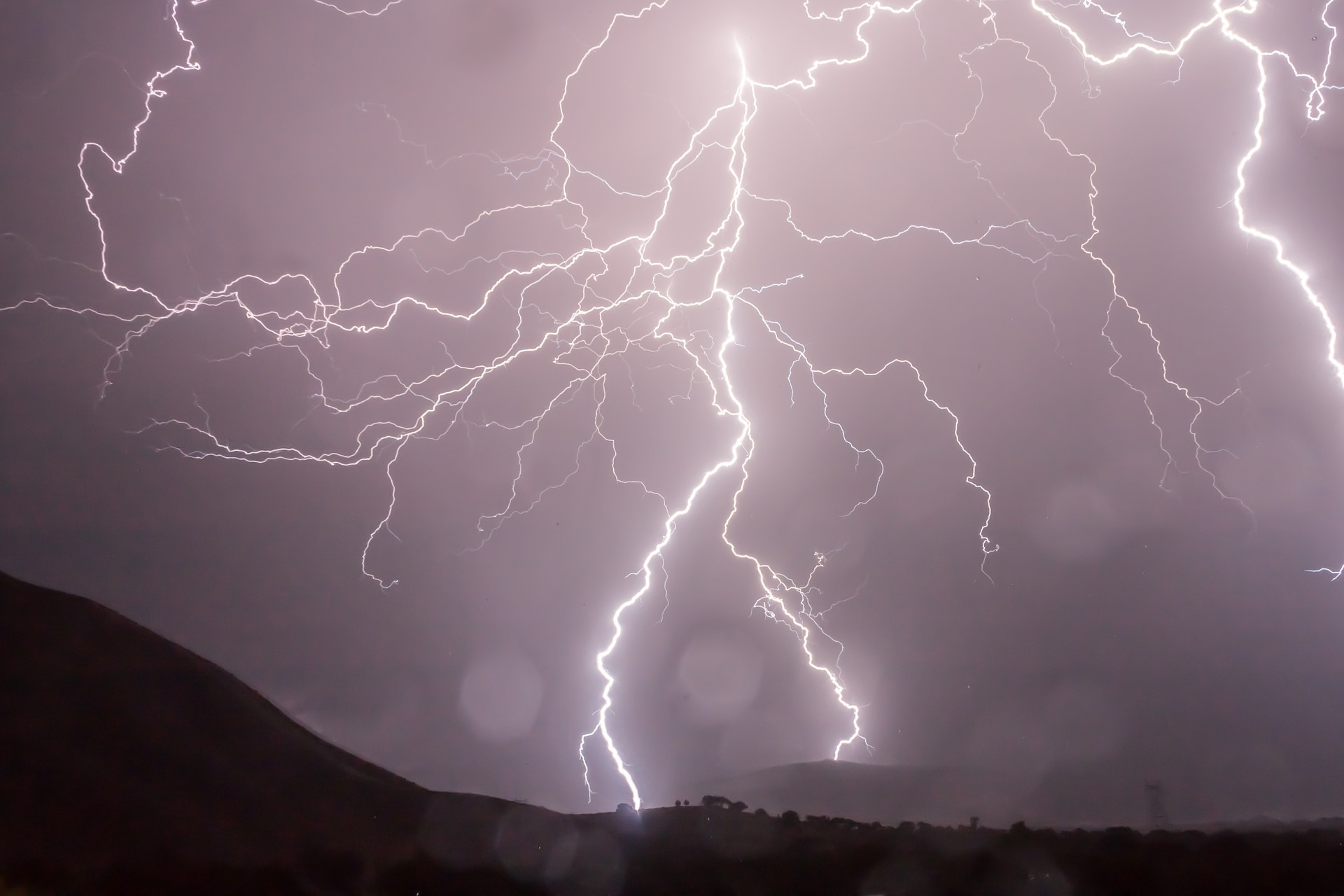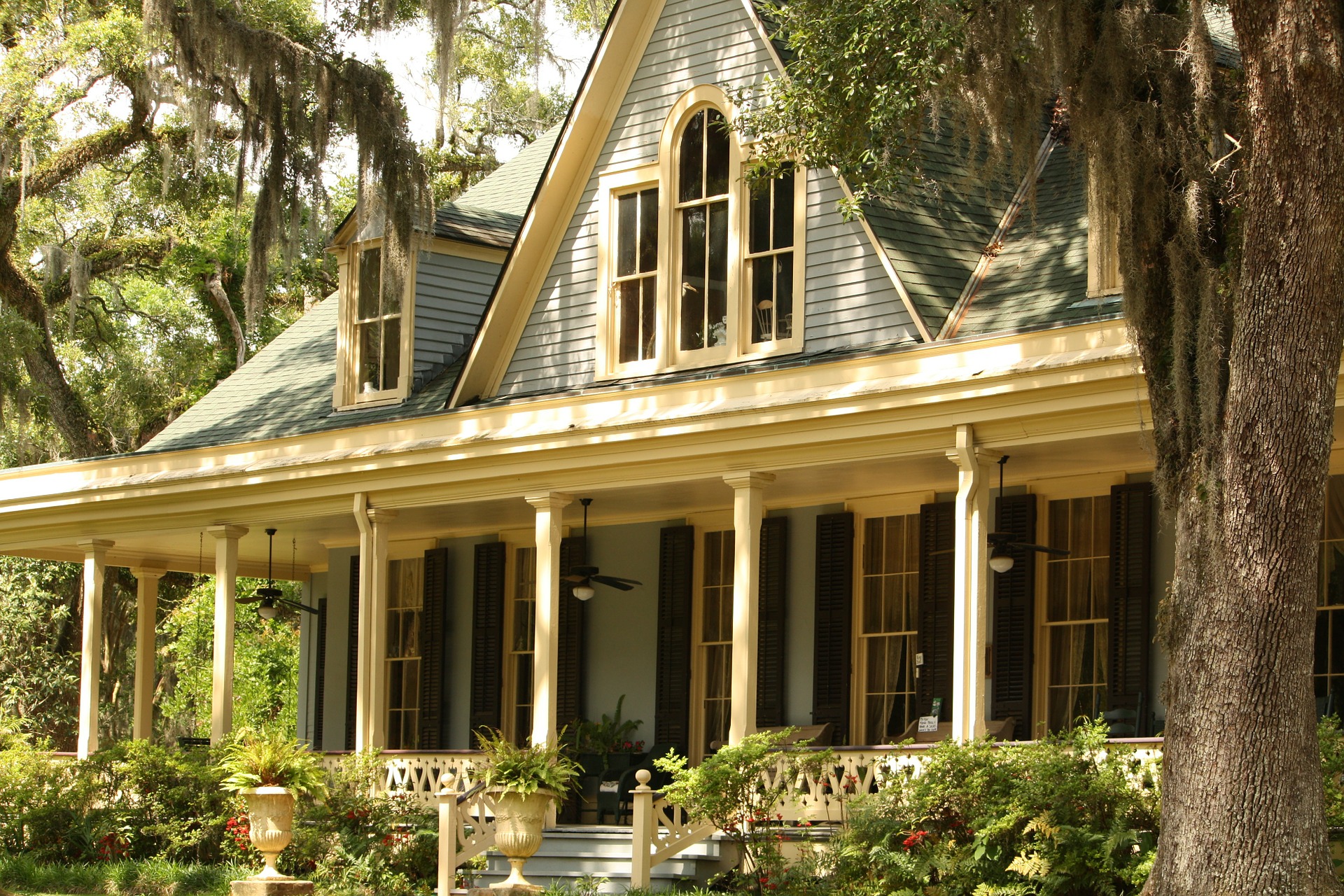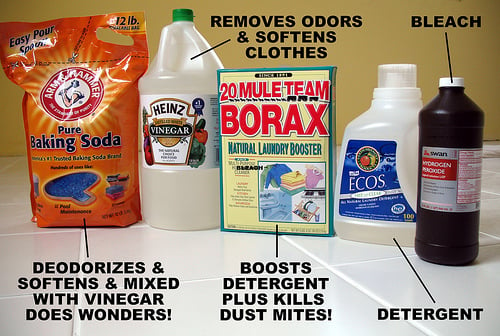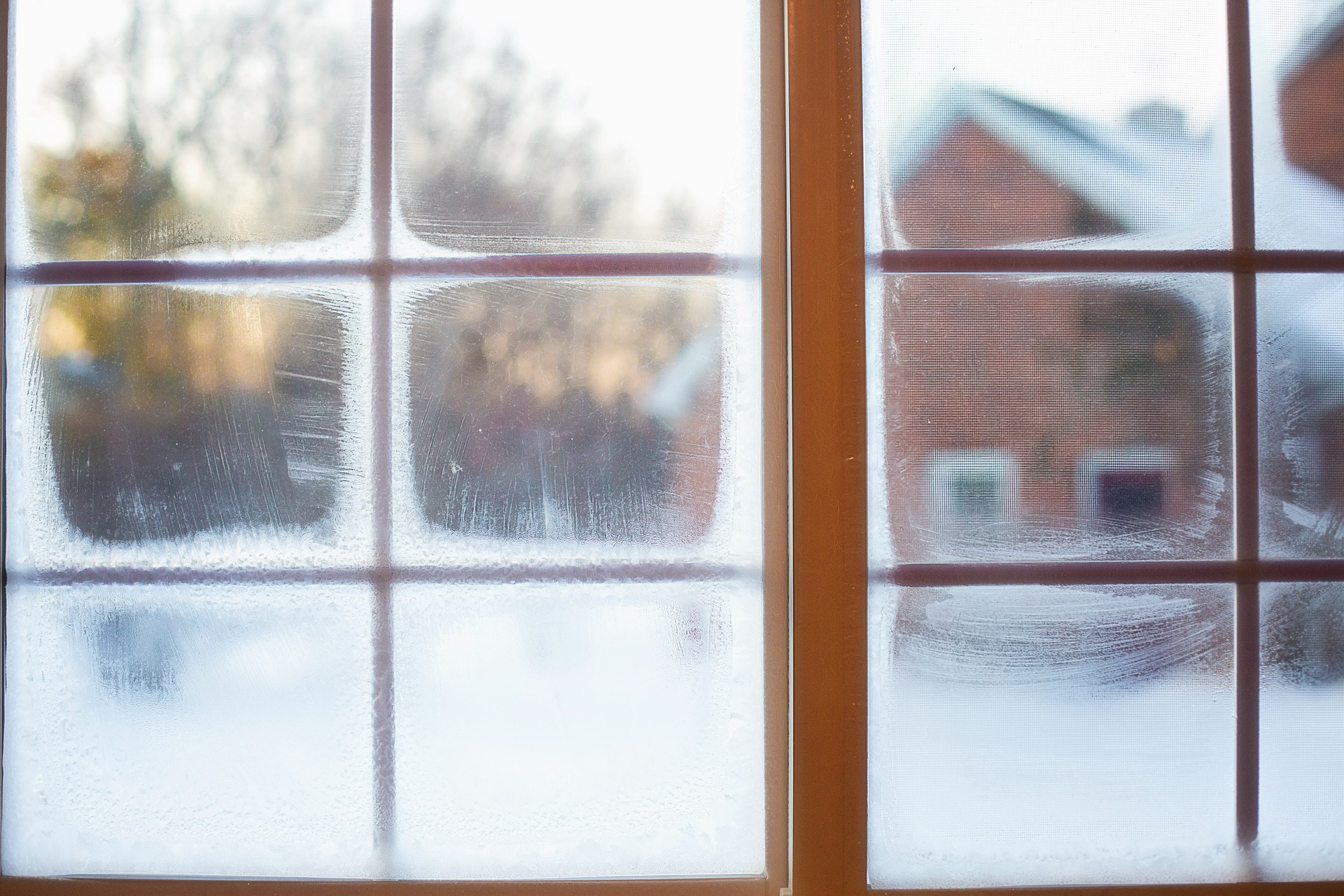A sound roof is one of the most important elements for protecting your home. It's also the area most likely to suffer damage during a severe storm. Here in Virginia, we are subject to risky weather throughout the year. Serious storms can cause roof storm damage in a number of ways, making your home vulnerable to additional issues. Understanding the risks can help protect the place where you and your family live.
Different Types of Severe Weather and Their Risks
There are a number of types of weather here in Virginia that can cause damage to your home. Severe thunderstorms can occur at any time of year and can damage your roof with high winds that let in pummeling rain. Tornadoes also bring winds that can, in extreme cases, exceed 300 miles per hour. Hail stones can accompany many storms. When these projectiles hit your roof, impact damage is a high risk. Snow can accumulate, causing issues associated with moisture and weight.
Hurricanes are among the most severe storms in the area, as we know far too well from Hurricane Florence. And while the fall season is just around the corner, that doesn't mean that the risk of hurricanes has past. The Atlantic hurricane season runs from June 1 to November 30.
September is historically the most active month, bringing greater, more severe storms. Having a plan as well as knowing what to expect can help you detect storm damage more easily and get it repaired before leaks and other issues can cause serious structural damage to your home.
How Storms Damage Your Roof
In most cases, wind damage is the most likely sort of damage after a storm. High force winds can blow individual shingles off the roof, exposing the surfaces below to the elements. Additionally, hail can cause damage when individual hail stones reach around an inch in diameter. The damage from hail can range from pock mark-like indents to cracked or shattered shingles.
During a storm, tree limbs can be torn free by wind and hit your roof, causing damage on impact. In cases of heavy rainfall, entire trees can be uprooted when the ground becomes saturated.
Once damage to your roof occurs, it is easy for water to get inside. This water can soak into the structure, causing damage to other parts of your roof and attic.
Vital Steps to Take After a Storm
When a storm occurs, do a visual inspection of your roof as soon as it is safe. From the ground, look at the roof for signals of damage that include damaged, loose or missing shingles, bent or missing gutters and more.
Inside your home, look for signs of leaks. The most likely area where leaks will occur is the attic, so check there first. You may also see water spots on walls and ceilings, which is a sure sign that water is entering the home through damage to your roof.
Don't forget to check your home's siding, as well. High winds can loosen siding, allowing water to get underneath. Siding materials should be straight without gaps, and unmarked by cracks or dents. If you have damage to the siding of your home, Exterior Medics can make the needed repairs.
Safety is of paramount importance while you are doing your inspection. Do not climb on ladders in areas that have been soaked with water. The ground may be unstable. Additionally, the roof itself may be slick or slippery, increasing your risk of falls. A qualified contractor like those at Exterior Medics can perform close up inspections safely.
If you have discovered that you have roof storm damage, there is no time to lose. Damage to the roof of your home can let in rain, wind, and even pest like rats and mice. Left unattended, damage can compound and become far more difficult and expensive to fix. It's best to get an estimate and take care of it before it becomes a bigger issue.











Comments